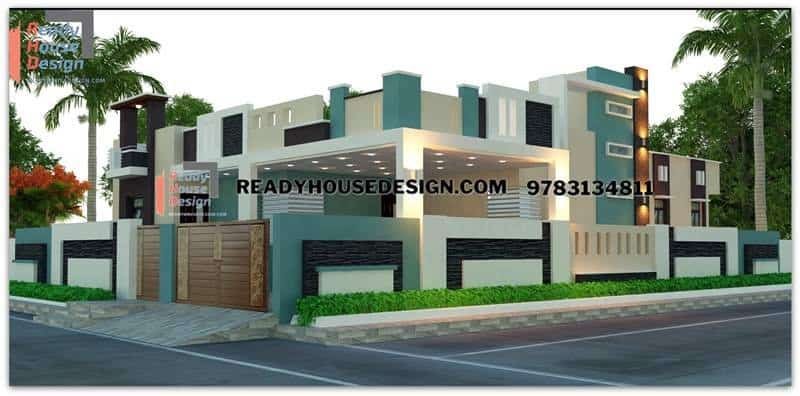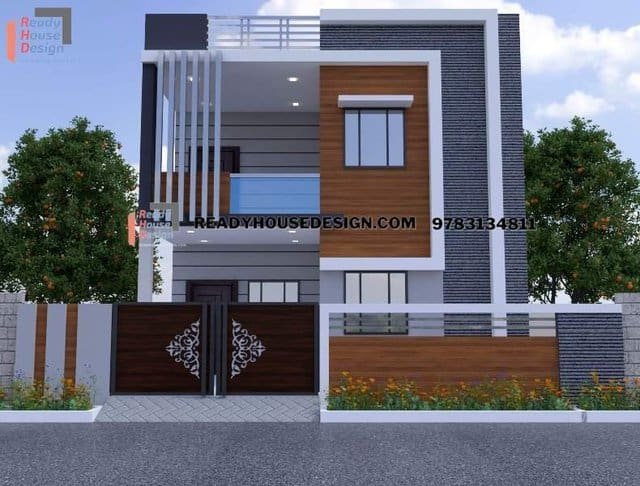
Façade designing meaning use and techniques
Article Title: Facade Designing: Unveiling the Art, Purpose, and Techniques
Introduction: The façade of a building serves as its face to the world, making a lasting impression. This comprehensive guide explores the meaning, significance, and techniques of façade designing, shedding light on the artistry behind architectural exteriors.
1. Understanding Facade Design: Façade design is the process of creating the outer appearance of a building, combining aesthetics, functionality, and structural considerations.

- Visual appeal
- Weather protection
2. The Purpose of Facades: Discover the various functions of building facades that extend beyond aesthetics.
- Thermal insulation
- Security and privacy
3. Design Principles: Explore the fundamental design principles that guide façade creation.
- Proportion and scale
- Material selection
4. Material Choices: Learn about the materials used in façade design and their attributes.

- Brick, stone, and concrete
- Glass and steel
5. Techniques for Facade Enhancement: Uncover advanced techniques that elevate façade aesthetics and performance.
- Architectural detailing
- Sustainable design
6. Façade Lighting: Understand the role of lighting in accentuating building exteriors.
- Accent lighting
- Energy-efficient solutions
7. Innovations in Facade Design: Stay updated on the latest innovations in façade design.
- Green facades and living walls
- Interactive façades
8. Historical and Cultural Significance: Explore how cultural and historical context influences façade design.
- Architectural symbolism
- Period-specific designs
9. Sustainable Facades: Discover how sustainability is integrated into modern façade design.
- Solar shading systems
- Rainwater harvesting
10. Challenges and Future Trends: Explore the challenges facing façade designers and future trends in the field.
- Urbanization and space constraints
- Digital facades and responsive design
Key Takeaways (Bullets):
- Importance of façade design
- Functional aspects and material choices
- Design principles and innovations
- Cultural and historical influences
Frequently Asked Questions:
- Why is façade design important in architecture?
- It influences a building’s appearance, energy efficiency, and comfort.
- What materials are commonly used in modern façade design?
- Glass, aluminum, and composite materials are popular choices.
- How do architects ensure sustainability in façade design?
- By using energy-efficient glazing and incorporating renewable energy systems.
- What are some iconic examples of historical façade design?
- The Taj Mahal and the Parthenon are renowned for their façades.
- What is the future of façade design in urban environments?
- It involves dynamic and adaptable facades to address space constraints.

